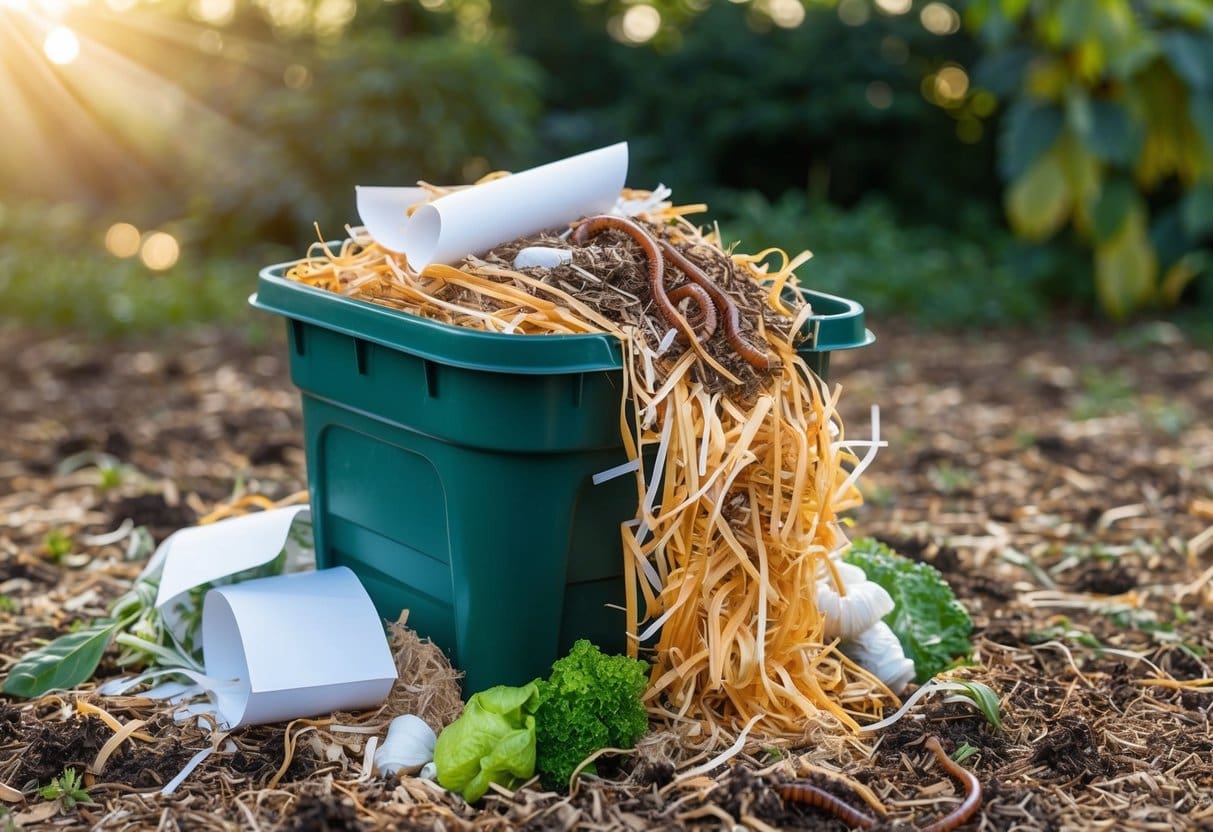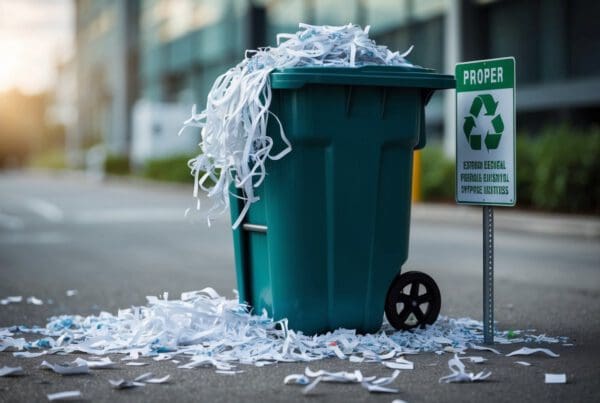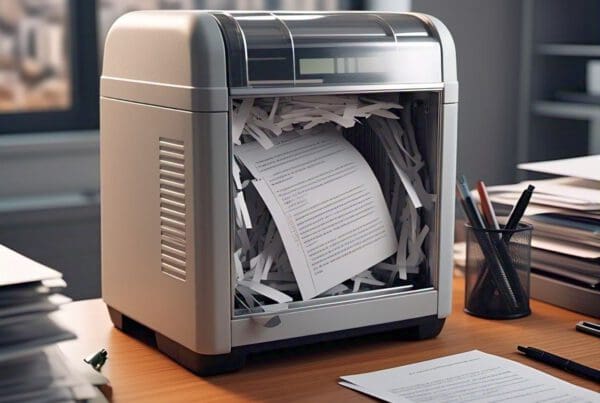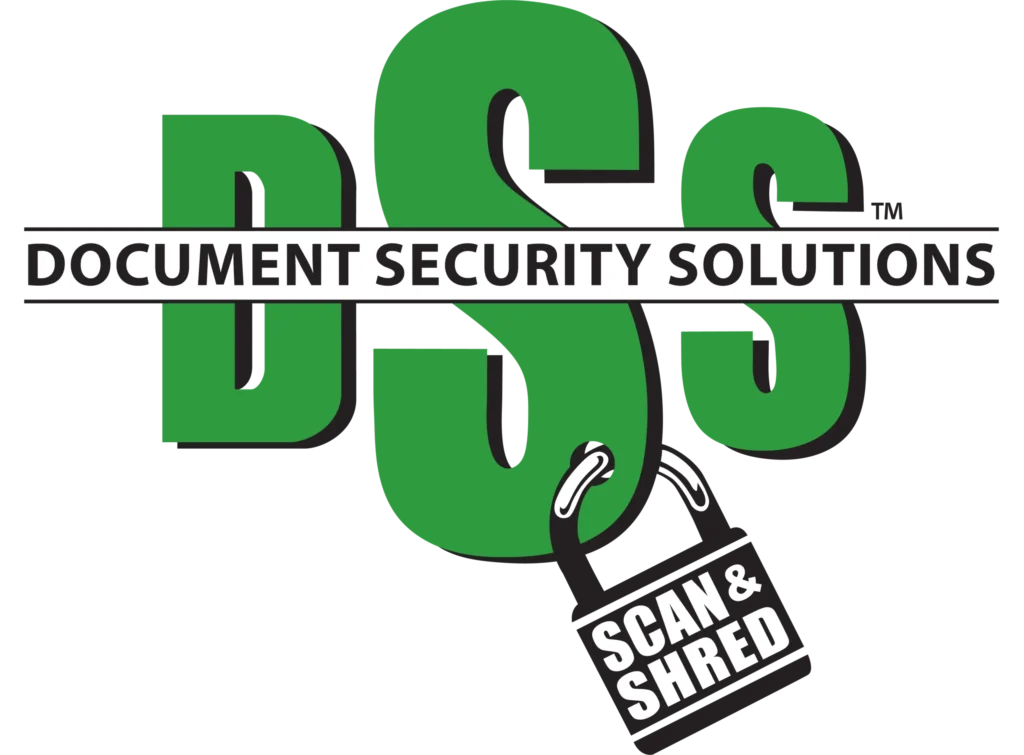Understanding Composting Basics

Composting is a natural process that turns waste into nutrient-rich soil. To make composting successful, we need to balance the materials we add.
Composting Process and Benefits
Composting involves combining organic waste in a pile or bin to decompose over time. The materials break down into humus, which improves soil structure and adds nutrients.
We are creating a balanced ecosystem, promoting growth by improving water retention and aeration in soil. Composting also reduces landfill waste, helping our environment. The pile should be turned regularly to avoid odors and hasten the decomposition process, maintaining airflow and temperature.
Balancing Brown and Green Materials
The right mix of brown and green materials is key for effective composting. Brown materials, like shredded paper or leaves, provide carbon. Green materials, such as fruit scraps, add nitrogen.
A proper carbon-to-nitrogen ratio is crucial, typically 30:1, because it fosters ideal conditions for microorganisms. We should layer these materials and keep them moist. By maintaining this balance, our compost pile remains active, breaking down efficiently to create nutritious soil amendments.
Selecting the Right Materials for Your Compost

To compost shredded paper effectively, it’s important to use the right materials. We’ll guide you on which paper products are suitable and highlight items you should avoid.
Composting Acceptable Paper Products
When choosing paper products for composting, plain paper and office paper are often good options. These do not have any harmful substances. Newspaper is also great because it breaks down well. People often use shredded paper as a brown carbon source in their compost.
Another material to consider is cardboard. It should be torn into smaller pieces to speed up the composting. Paper towels can be added as long as they don’t have any chemical cleaners or food residue. It’s critical to stick to these materials to ensure effective composting.
Items to Avoid in Composting
- Glossy Paper & Magazines: The glossy coating is non-compostable.
- Thermal Paper (e.g., Receipts): Often contains BPA and other chemicals.
- Colored Paper: May contain metallic ink or harmful dyes.
- Chemically-Treated Paper: Can disrupt the composting process and harm the soil.
- Diseased Plants: Can introduce harmful bacteria and pathogens.
- Pet Waste: May introduce harmful bacteria into your compost.
Avoid adding these items to keep your compost safe and environmentally friendly.
Effective Shredded Paper Composting Techniques

When composting shredded paper, it is crucial to shred it properly and prepare it for layering and maintenance. Managing moisture and mixing materials ensures effective decomposition and reduces waste.
Proper Shredding and Preparation
We begin by shredding paper into small pieces. This increases surface area, allowing it to break down more quickly. Adding paper in moderation prevents overwhelming the compost with too much carbon-rich material.
Moistening the paper is key; dry paper hinders decomposition. We lightly spray it with water until damp but not soaked. Ensuring the paper is well-integrated with other composting materials, like kitchen scraps or grass clippings, creates a balanced mix.
Benefits of composting shredded paper include reducing landfill waste and enriching soil. Proper preparation ensures that the paper functions as a reliable carbon source that aids in creating nutrient-rich compost.
Layering and Maintenance
Layering is another important technique. We alternate shredded paper with nitrogen-rich materials, such as food scraps, in our compost bin. This layering boosts aeration, improving decay rates. Each layer should be a few inches thick.
Turning the pile regularly helps maintain optimal moisture levels and aeration, which speeds up composting. We monitor moisture, adding water if the pile is too dry. Without enough moisture, the decomposition slows.
Using shredded paper as mulch on top of compost can also help insulate the pile, maintaining a suitable environment for decomposition. Paying attention to these elements ensures our shredded paper composting is both efficient and eco-friendly. This method turns waste into valuable garden resources.
Optimizing Your Compost’s Conditions
To make composting efficient, monitoring moisture and airflow is crucial. Maintaining high compost quality and safety helps to speed up decomposition and produce nutrient-rich compost.
Monitoring Moisture and Aeration
We should monitor the moisture content by checking that the compost is as damp as a wrung-out sponge. If it’s too wet, it could produce a bad smell or slow decomposition. Aeration is also essential because oxygen helps break down materials more effectively. Regularly turning or mixing the compost pile improves aeration.
Adding dry material like shredded paper or brown paper bags can help absorb excess moisture. Including these materials also increases the carbon source in our pile. This balance is vital when combining nitrogen-rich elements like food scraps or grass clippings.
Preserving Compost Quality and Safety
To ensure our compost remains safe, we should be cautious about the materials we add. Include only compostable items such as vegetable peels and used brown paper bags. Avoid materials like glossy paper or anything non-organic, as they may contain toxins.
Maintaining a balance of carbon and nitrogen sources keeps our compost healthy. Regularly add a mix of shredded paper, which is carbon-rich, and organic waste like grass clippings. This balance also helps reduce waste effectively. By carefully managing what goes into our compost, we can promote safe home composting practices.





